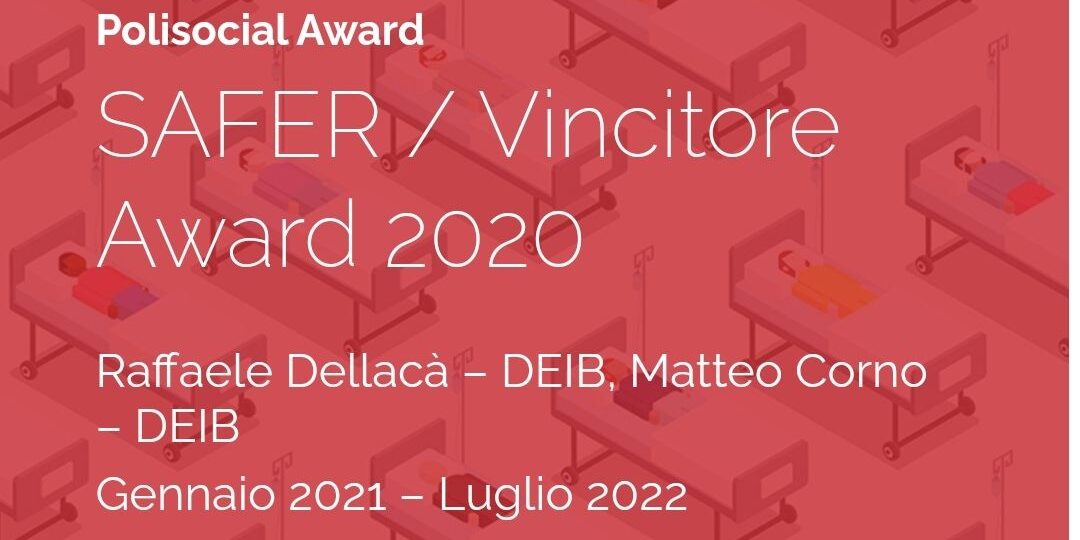
Collaborations: Dr. Fabiano di Marco for ASST Papa Giovanni XXIII Bergamo; Dr. Daniele Trevisanuto and Giovanni Putoto for CUAMM-Medici con l’Africa; Dr. Paolo Villani for the Italian Society of Neonatology; Luciano Moccia for Day One Health; Martin Langer and Dr. Antonio Pesenti for Emergency; Ing. Gregory Dajer for MTTS-Asia; Fondazione Chiesi.
The coronavirus disease 2019 (Covid-19) has brought the global shortage of ventilators, and ventilator-related resources to the public attention. Experts have worried about countries with weak health care systems with a narrow margin for increasing the availability of critical care resources. In many African countries, the lack of oxygen and ventilators causes thousands of deaths even in ordinary times – e.g. for child pneumonia, neonatal respiratory distress, postpartum haemorrhage, and traumatic injuries – which would be preventable with a widespread and equitable availability of respiratory support resources.
Ventilators are crucial elements to face the Covid-19 pandemic and to end preventable deaths globally. However, the effective use of ventilators requires technologies that go beyond the ventilator itself, and include oxygen, monitoring devices, and consumables (e.g. tubes, masks, filters). Ventilators consume large amounts of oxygen. In high resource settings, hospitals have piped oxygen and regular supplies from oxygen producers, although these resources were stressed at peak use. In low resource settings, the shortage of oxygen is even more critical than the shortage of ventilators. Peripheral hospitals often use cylinders, which is an expensive, poorly sustainable and unreliable oxygen source. Oxygen concentrators are more cost-effective than cylinders, but they need a stable power supply and cannot be directly connected to ventilators
We aim to develop technological solutions that enable safe and effective respiratory support in emergencies and low-resource settings, including:
- Innovative materials to extract oxygen from ambient air efficiently;
- An intelligent control system that adapts oxygen production to the patient’s need and synchronizes oxygen delivery to the patient’s breathing;
- A simple User Interface including an oxygen saturation monitor;
- 3D-printed spare parts and consumables, facilitating their supply during emergencies and in low- and middle-income countries.
During SAFER project, we are developing a prototype with the abovementioned characteristics.
Main steps of the project’s roadmap are:
1. Test the performance in the laboratory setting;
2. Evaluating its usability with intended users;
3. Carry out a pilot test in a low-resource setting;
4. Develop a capacity-building program.
In high-resource settings, the adoption of the proposed technology aims to increase respiratory assistance availability during emergencies. Our proposed solution could be used for patients with chronic or mild respiratory diseases, saving the intensive care resources for severe patients, alleviating the pressure on critical care centres. In low-resource settings, the adoption of the proposed technology and the skills acquired with the capacity building program will reduce the mortality associated with acute respiratory illnesses, even in ordinary times, reducing preventable deaths, like those associated with pneumonia, premature birth, postoperative complications, and traumatic injuries.
The core team includes research groups from different Politecnico di Milano departments, with expertise in biomedical devices, control systems, mechanical engineering and 3D-printing, chemical and material engineers. The team can also take advantage of the active support of several external partners, including:
- Medical doctors and NGOs with frontline experience during the Covid pandemic (ASST Papa Giovanni XXIII Bergamo), in emergencies (Emergency) and low resource settings (CUAMM – Medici con l’Africa);
- A scientific society (Essential neonatal care group of the Italian Society of Neonatology);
- A social enterprise that manufactures and distributes medical devices for low-resource settings (MTTS Asia);
- an NGO with experience in introducing affordable and suitable technologies in low-resource setting (Day One Health).

